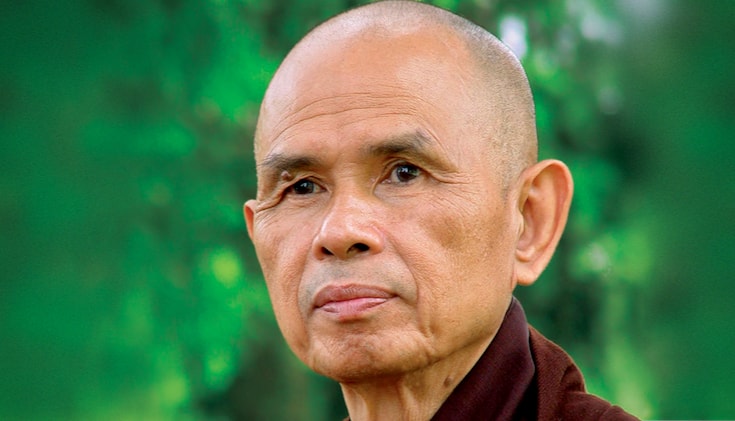We might learn things quickly, but we often forget things at the same rate—and sometimes we need to remind ourselves of the things we’ve learned.
Here are 25 of those reminders that others taught me.
1. Struggle Is Good
Never say “I can’t take it anymore.” Say “Bring it on!”
2. Don’t Complain
Complaining is the biggest waste of time there is. Either do something about it, and if you can’t, shut up about it.
3. Spend Time With People You Love
That’s your family and best friends. If you don’t have a family, create one. Most people in life are only visitors. Family is for life.
4. Don’t Start A Relationship If You’re Not In Love
I’ve done this more than once. You kind of like someone and think: “We might as well give it a shot.” Not a good idea. You’re either in love, or you are not. Don’t fool yourself. It’s not fair to you and the other person.
5. Exercise Daily
I didn’t get this until recently. A healthy body is where you have to start everything in life. If you can’t build a healthy and strong body, what CAN you build in life?
6. Keep A Journal
No, keeping a journal is not for children. It helps you to become a better thinker and writer. “I don’t want to be a writer” you might think. Well, how many emails and texts do you send a day? Everybody is a writer.
7. Be Grateful
Say ‘thank you’ to everyone and everything. “Thank you for this beautiful day.” “Thankyou for your email.” “Thank you for being there for me.”
8. Don’t Care About What People Think
We all die in the end, do you really think it matters what people think of you?
9. Take More Risks
Don’t be such a wimp.
10. Pick An Industry, Not A Job
If you want to become good at something, you need to spend years and years doing that. You can’t do that if you hop from industry to industry. Pick an industry you love and start at the bottom. You will find the perfect role for you eventually.
11. Lead The Way
When you find yourself in a situation where everyone looks at each other, it’s time for you to lead. You‘re a leader when you decide to become one. There’s no initiation or a title. Just a decision.
12. Money Is Not The Most Important Thing
You have to train yourself not to care about money and focus on providing value instead. Also, don’t become too dependent on the stuff you own — otherwise, the stuff will own you.
Continue reading


